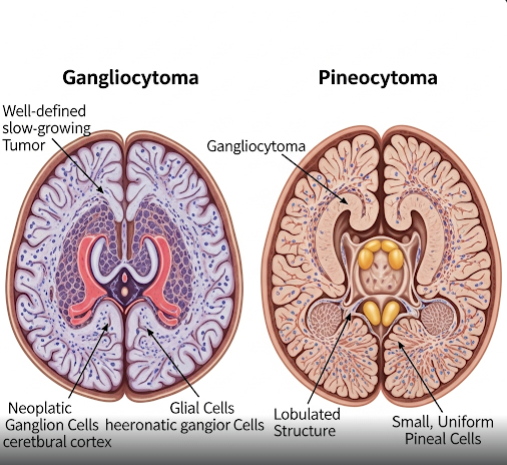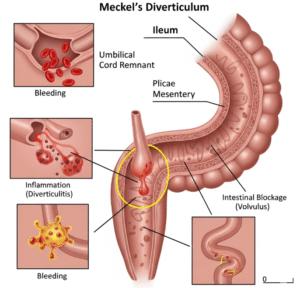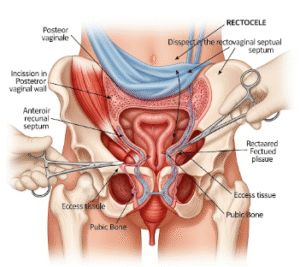Overview
Rare brain tumors like gangliocytoma and pineocytoma are uncommon central nervous system neoplasms that can affect patients of various ages. These tumors arise from different brain cell types and locations, often presenting with subtle neurological symptoms. In Korea, advanced neuro-oncology centers provide precise diagnosis, surgical expertise, and multidisciplinary treatment plans tailored to these rare tumors, aiming to maximize outcomes and quality of life.
What are Gangliocytoma and Pineocytoma?
- Gangliocytoma: A benign tumor composed of mature ganglion cells, typically arising in the cerebral hemispheres or temporal lobe. It is slow-growing and usually affects children and young adults.
- Pineocytoma: A rare, slow-growing tumor originating from pineal gland cells located near the center of the brain. It generally presents in adults and may cause symptoms due to compression of surrounding brain structures.
Symptoms
Symptoms vary depending on tumor location and size but commonly include:
- Headaches
- Nausea and vomiting
- Visual disturbances (blurred vision, double vision)
- Seizures (more common with gangliocytoma)
- Difficulty with balance and coordination (pineocytoma)
- Cognitive or behavioral changes
Causes
The exact causes of these tumors are not well understood but may involve:
- Genetic mutations or abnormalities
- Developmental anomalies in brain tissue
- Unknown environmental or molecular factors
Risk Factors
- Young age for gangliocytoma (children and young adults)
- Adult age group for pineocytoma
- No well-established inherited or lifestyle risk factors
Complications
- Increased intracranial pressure due to tumor growth
- Neurological deficits depending on affected brain areas
- Risk of tumor recurrence after treatment
- Hydrocephalus (fluid buildup in the brain) from pineal region obstruction
Prevention
- No known preventive measures due to unclear causes
- Early detection through medical imaging when symptoms appear
Treatment Options in Korea
Diagnosis
Korean neuro-oncologists use MRI and CT scans, combined with histopathological examination after biopsy or surgical removal, to diagnose and classify these tumors accurately.
Medical Treatments
- Observation and monitoring for small, asymptomatic tumors
- Symptomatic management of headaches and seizures
Surgical or Advanced Therapies
- Surgical resection to remove tumor mass, often the primary treatment
- Radiation therapy in cases of incomplete resection or recurrence
- Targeted therapies or chemotherapy are rare due to the benign nature but considered case-by-case
Rehabilitation and Support
- Neurological rehabilitation for any deficits
- Psychological support for patients and families
- Regular follow-up imaging to monitor for recurrence













